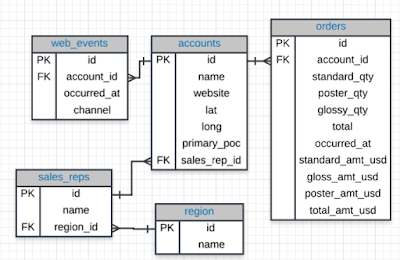Deals Executed
- Where will ads run?
- Number of impressions
- Start and end date
Ad Networks Emerged: Publisher's Ad Space
remnant unsold ad inventory
sold premium ad inventory
The Different Display Advertising Sales Models
1. Direct(Premium) Advertising
ex) NYTimes, CNN.com, ESPN.com, Yahoo!., and Buzzfeed
- Planned ahead of time
- Preferred by large brand advertisers
- Typically for larger budgets
- Primarily context based targeting
- Pricing is mostly on a CPM(cost per thousand impressions) basis
- More options for customization
- Advertising Operations(Ad Ops):
Once a sale is done, the publisher needs to create what is called an 'Insertion Order'(IO). That is basically how they instruct the ad server to insert the ad in the right content at the right time. The publisher also needs to keep a schedule and manage the sold inventory, and they have to make sure the inventory they sold is actually available.
2. Advertising Networks
- Planned ahead of time
- Different specializations
- In-person or self-serve: Google's Display Advertising Network(Adsense)
- Targeting in Ad Networks: targeting is mostly contextual or demographic, although behavioral targeting and other forms of targeting are also possible
- Pricing primarily CPM
Examples of Ad Networks
Ad networks
- Google Advertising Network (GAN)
- Media.net
- Adcash
- Yahoo! Advertising Network
Mobile Ad Networks
- AdMob
- InMobi
Video Ad Networks
- Youtube
- Tubemogul
- Brightroll (Yahoo!)
3. Ad Exchanges
- Auction-based: ad exchanges offer advertising space from a large no. of publishers and sell it in real time to the highest bidder in an auction
- Advertisers buy individual ad spaces
- Sales happen in real time
- Targeting is primarily behavioral, although other means of targeting are possible
- Intermediaries: the sale is facilitated by intermediaries on both the side of the advertisers(through Demand-Side Platforms - DSPs) and the publishers (through Supply Side Platforms - SSPs)
- Ads are charged on an impression basis(CPM)
-> examples of ad exchanges are the Doubleclick Ad Exchange(owned by Google), OpenX, and Advertising.com, owned by AOL
-> Consider it as a wholesale environment; most ad exchanges don't allow individuals in.
When you choose an exchange to bid in, make sure it is one with plenty of high quality inventory, so you can find the audiences you need.
Programmatic Advertising
- buying "people", not fixed ad space
: buys cookies associated with people so that the ad will be shown to the most relevant audience possible on the website
- impression by impression (not in bulk)
- primarily behavioral targeting
- fully automated:
the exchange between SSP and DSP happens in a millisecond(almost simultaneously) that a person will not recognize that the ad has just been loaded
Parties involved are:
As soon as the user comes to the website, the user profile (data) is passed on to the supply side platform (SSP) who puts up the user’s profile for sale in the exchange. The Demand Side Platform (DSP) compares the user profile to the profiles it is looking for its advertisers, and if the profile is a match, they put in a bid. The highest bidder wins and can show its ad to the user. The auction happens in real-time.







www.karimelganayni.com
ReplyDelete